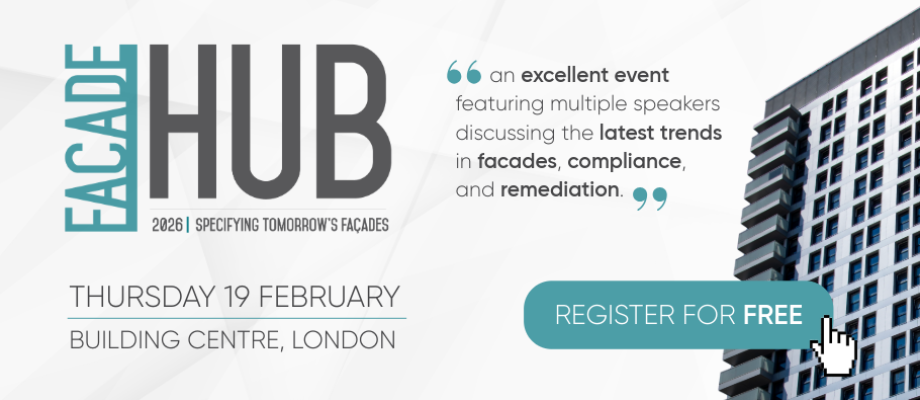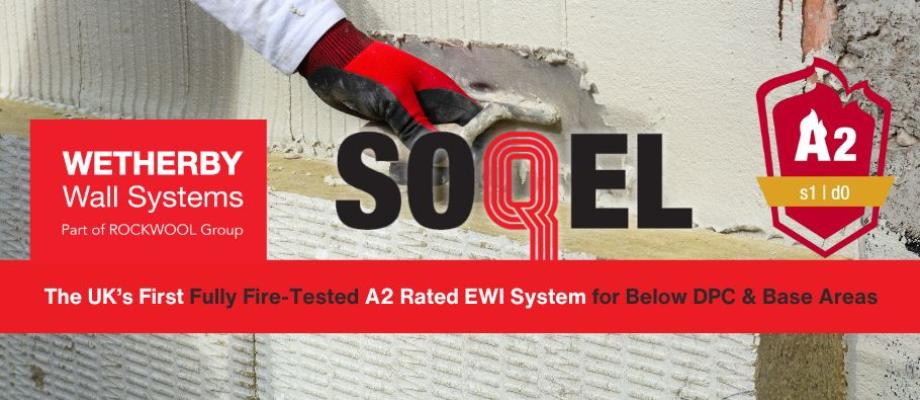Following extensive review, the Government has responded to a 2020 consultation reviewing the ban on the use of combustible materials in the external wall systems of buildings.
There will be several major changes to the Building Regulations and Approved Document B as a result and these will significantly impact how many within the construction industry operate.
Following the Grenfell tower tragedy, the UK Government banned combustible materials in external wall systems of buildings above 18m in height. A subsequent amendment in 2019 was made to include balconies within the definition of specified attachments to the external walls, bringing them within scope of the ban.

Part of the recent consultation was on whether the ban on combustible materials should be extended to buildings of 11m in height. Most respondents opposed this and in their response the Government agreed, retaining the blanket ban on combustible materials on buildings 18m and higher.
However, new guidance for external walls and balconies for residential buildings between 11m and 18m in height will be introduced in England on 1 December 2022 through an amendment to Approved Document B.
The most significant change is that balconies on buildings between 11m and 18m in height must now be constructed from non-combustible materials that achieve A1 or A2-s1, d0. This nuanced approach reflects the specific risk of spread of fire posed by balconies. It will pose challenges for building designers as they must now ensure to specify only non-combustible materials to these wall elements in mid-rise buildings.
Amongst the other interesting detail in the amendment is the exemption of A1fl and A2fl-s1 rated balcony decking from the requirement for A2-s1, d0 fire rating, but only if “the entire layer has an imperforate substrate under it”. The flooring-specific test that results in the A1fl or A2fl-s1 ratings does not test for flaming droplets, hence the new requirement for sealed balcony undersides to permit the use of flooring material that only carries that rating.

An eagerly anticipated outcome of the consultation was clarity regarding the use of laminated glass in balcony construction. Laminated glass on balconies has caused difficulty for the industry since the 2018 ban, as the A2-s1, d0 requirement has not been able to be met due to the combustible interlayer used in laminated glass.
The Government states in its response that further research is underway and that until the evidence is gathered for an informed decision, laminated glass will continue to require A2-s1 d0 fire rating for use in balconies.
Richard Izzard, AliDeck managing director, said “Even though laminated glass is permitted in windows, the ban for balconies is unambiguous and balustrade and balcony manufacturers will continue to be limited by this. The new requirements in Approved Document B for balconies on buildings between 11m and 18m in height are also significant and will reshape the way buildings are designed.”
An overview of these major changes to Building Regulations and Approved Document B are available on the AliDeck website
- Log in to post comments













